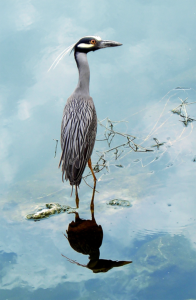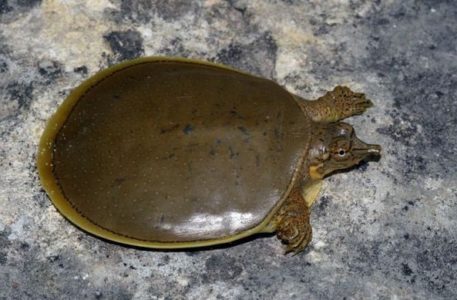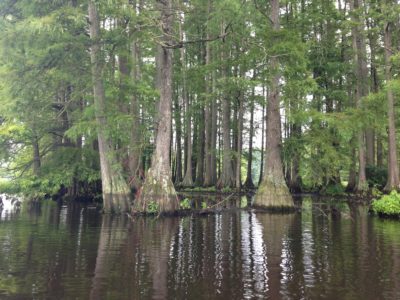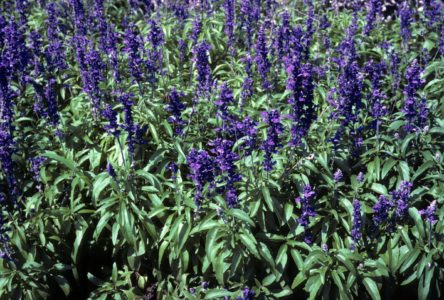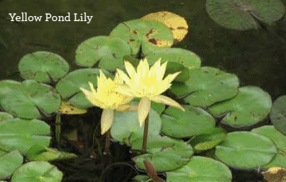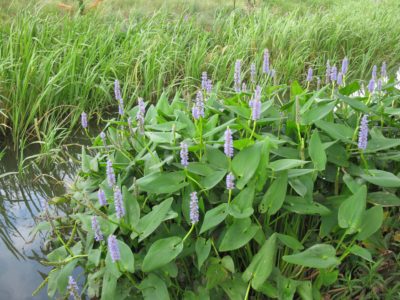The Living Worlds of San Pedro Creek
Audio Tour
Audio Guía
Image Gallery
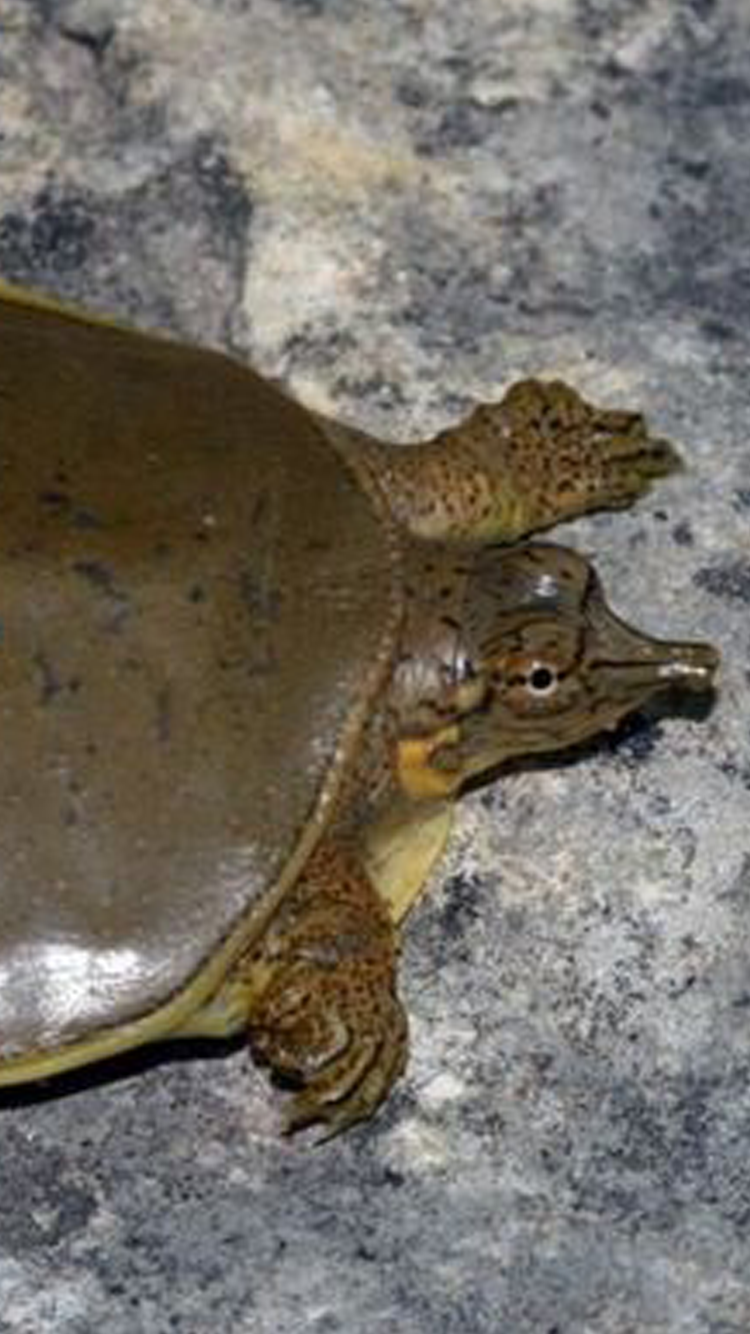
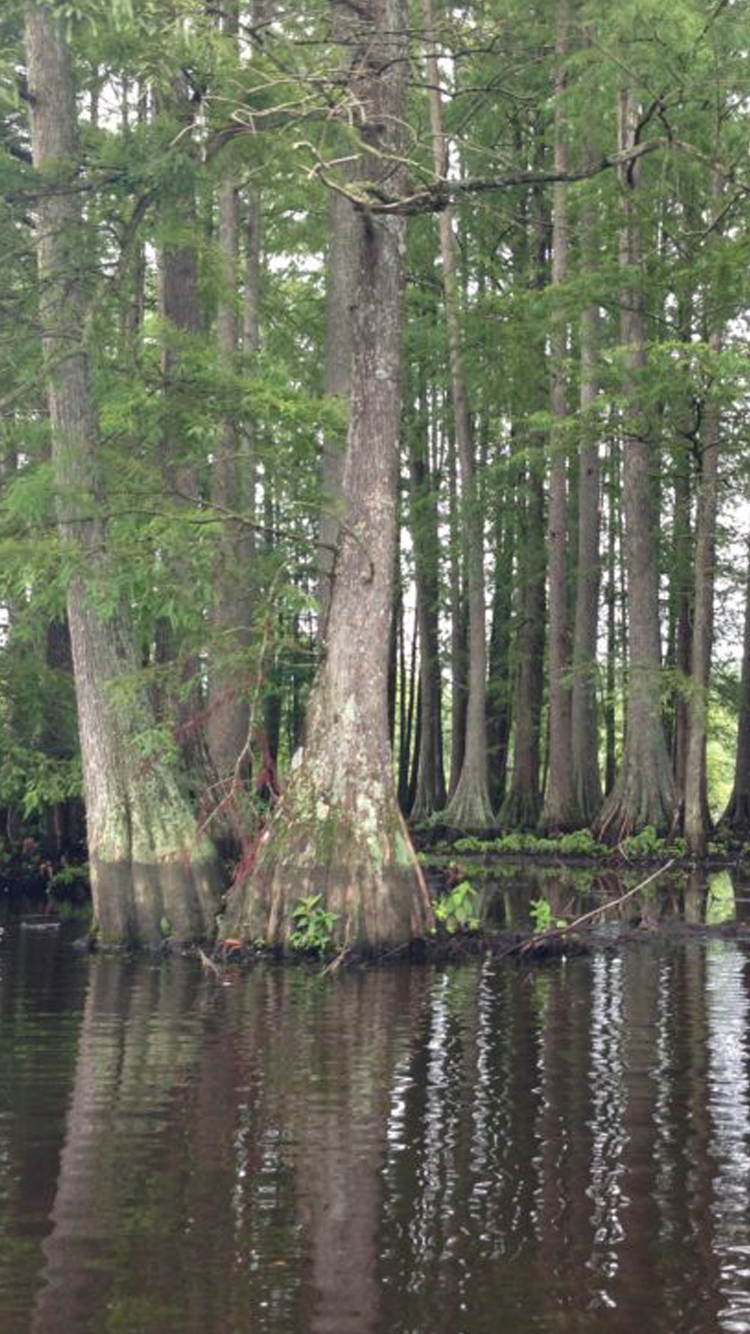
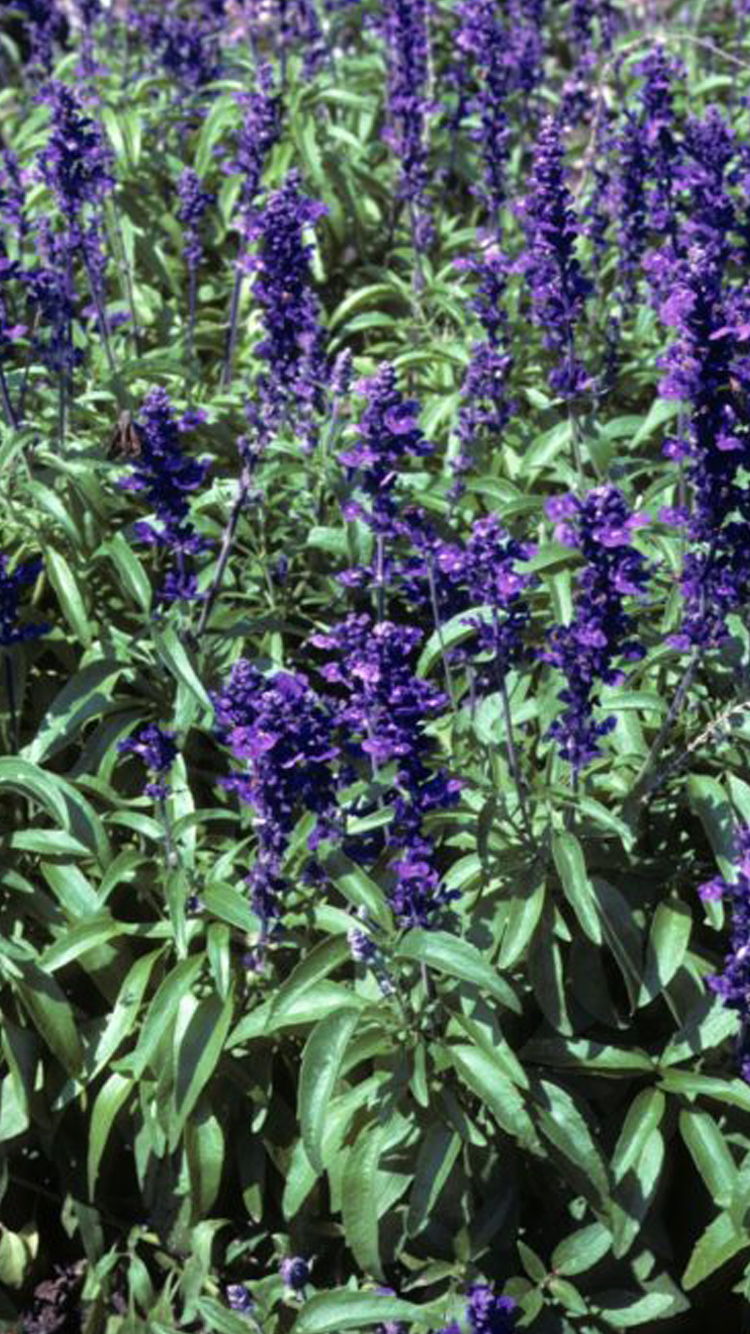
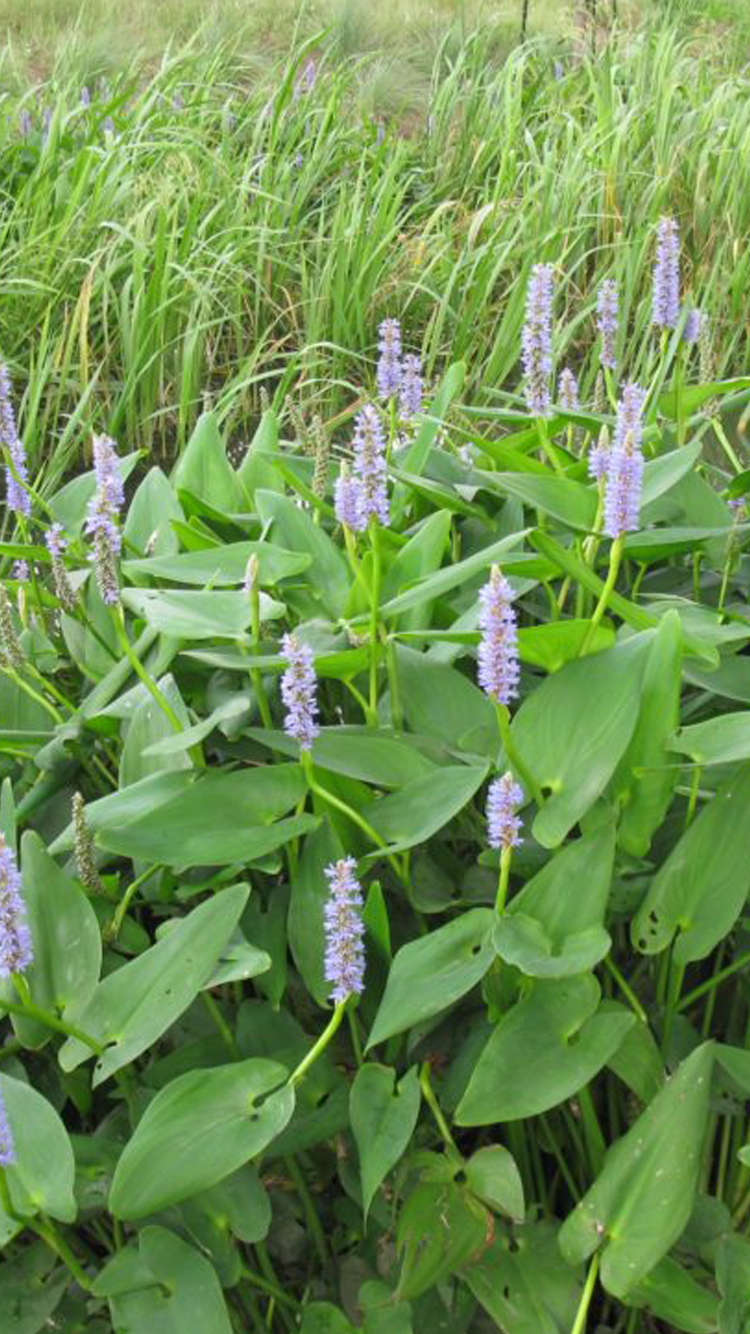
English
Español
-
Suddenly, in the midst of an arid landscape of dire challenges, here was an unexpected oasis – brimming with life.
The first Spanish explorers to arrive in the environs of San Pedro Creek and the nearby San Antonio River attested to a panorama of natural beauty and abundance, full of promise as a place to create a lasting settlement. San Pedro Creek drains a watershed of about 45 square miles on San Antonio’s west side. Along most of its course, the creek closely parallels the San Antonio River to the east, and its major tributaries – Martínez, Alazán, and Apache creeks – feed into it from the west.
Spanish explorers, who camped by the creek three hundred years ago, reported ample, high quality water, lush vegetation, and plentiful game and fish in the area. For early settlers the area was an oasis in the otherwise arid landscape. In its natural state, the creek provided habitat for a wide variety of aquatic plants and animals. Over time weather cycles caused extreme floods that carved new channels, altered banks, and resulted in loss of life and property, while drought killed vegetation and caused wildlife to relocate.
Beginning in the early 1900s, in an effort to alleviate devastating flooding, the channel was straightened, widened, and lined with stone and concrete, banks were sloped, and vegetation was removed. Though efforts to tame the creek were generally successful, they resulted in the unfortunate loss of natural habitat and changed the relationship between residents of adjoining neighborhoods and the creek. The San Pedro Creek Improvements Project, one of several major stream enhancement efforts by Bexar County, the City of San Antonio, and the San Antonio River Authority, returned the creek to a more natural state while maintaining flood control. The revitalized creek provides improved water quality, increased biological diversity, and renewed opportunities for people to enjoy this historic urban waterway and reflect on its extraordinary legacy.
Audio Tour
After explorers and settlers began to discover the creek and take note of their observations, a theme arose: the lush abundance of the creek. Ample, high-quality water, lush vegetation, and plentiful game and fish were reported. This was quite the welcome departure from the otherwise arid landscape. However, over time, weather cycles caused extreme floods that carved new channels, altered banks, and resulted in loss of life and property. In an effort to alleviate flooding, the channel was straightened, widened, and lined with stone and concrete, banks were sloped, and vegetation was removed. Although the city’s efforts worked, they were faced with an unfortunate consequence. The loss of natural habitat due to the construction was not ideal and changed the relationship between residents of adjoining neighborhoods and the creek. In 2017, Bexar County, the City of San Antonio, and the San Antonio River Authority teamed up to create a solution. The San Pedro Creek Improvements Project was the best of both worlds. It returned the creek to a more natural state, which benefits the flora and fauna that are native to the creek, while also maintaining flood control, a vital endeavor to keep the people of San Antonio—and future generations—safe from floods. The stormwater features included in the project consisted of a special type of landscaping that soaks up and filters stormwater, called bioswales; trash interceptors, which capture floating debris before it gets to the creek; and aquatic plantings that improve the water quality and act as a barrier between the creek water and its banks.Yellow-crowned night herons are large birds that inhabit most wetlands from coastal marshes to wooded streams. These ambush predators patiently watch from the creek banks, waiting to grab a crawfish or other prey. While primarily nocturnal, these birds also feed during the day.
The Guadalupe spiny soft-shelled turtle is found only in the San Antonio and Nueces river drainages of South Central Texas. It is totally dependent on the streams where it lives, leaving the water only to bask and lay eggs. Soft-shells feed on fish and other aquatic animals.
Plants are an important part of the creek ecosystem. Some plants such as yellow pond lily have leaves that float on the water’s surface. Other plants such as pickerelweed emerge out of shallow water with their leaves and flowers extending above the water surface. Bald cypress are majestic trees that grow along creeks and rivers and can reach heights of 75 feet or taller. Mealy blue sage is a perennial wildflower that grows in the riparian environment. These plants provide shade, cover, and food for wildlife including pollinators and birds.
-
Repentinamente, en medio de un paisaje árido de desafíos terribles, se encontraba un oasis inesperado, rebosante de vida.
Los primeros exploradores españoles que llegaron a los alrededores del Arroyo San Pedro y al cercano Río San Antonio atestiguaron sobre un paisaje de belleza natural y abundancia, lleno de promesas y atractivos para establecer un asentamiento duradero. El Arroyo San Pedro se alimenta de una cuenca hidrográfica de aproximadamente 45 millas cuadradas en el lado oeste de San Antonio. En la mayor parte de su curso, el cauce del arroyo se asemeja mucho al cauce del Río San Antonio al este, y sus principales arroyos afluentes, Martínez, Alazán y Apache, lo alimentan desde el oeste.
Los exploradores españoles, que acamparon junto al arroyo hace trescientos años, informaron acerca de abundancia del agua y de su alta calidad, la exuberante vegetación y la cuantiosa caza y pesca de la zona. Para los primeros colonos, el área era un oasis rodeado por un paisaje árido. En su estado natural, el arroyo proporcionó hábitat para una gran variedad de plantas y animales acuáticos. Con el tiempo, los ciclos climáticos causaron inundaciones extremas que formaron nuevos canales, alteraron las riberas y ocasionaron pérdidas de vidas y propiedades; y, al contrario, en épocas de sequía moría la vegetación y provocó la reubicación de la vida silvestre.
A principios de la década de 1900, en un esfuerzo por controlar las devastadoras inundaciones, el canal se hizo recto, se ensanchó, y se recubrió con piedra y concreto; se dio pendiente a los bordos y se eliminó la vegetación. Aunque los esfuerzos para controlar el arroyo fueron generalmente exitosos, resultaron en la desafortunada pérdida de hábitat natural, y cambió la relación entre los residentes de los barrios contiguos y el arroyo. El Proyecto de Mejoras al Arroyo San Pedro, uno de los principales esfuerzos de mejoramiento del arroyo por parte del Condado Bèxar, la Ciudad de San Antonio y la Autoridad Fluvial del Río San Antonio, regresó el arroyo a un estado más natural, y al mismo tiempo mantuvo el control de las inundaciones. El arroyo revitalizado proporciona una mejor calidad del agua, mayor diversidad biológica y oportunidades adicionales para que el público disfrute de esta histórica vía fluvial urbana y reflexione sobre su extraordinario legado.
Audio Guía
Cuando los exploradores y colonos empezaron a explorar el arroyo y tomar nota de sus observaciones, surgió un tema: la exuberante abundancia del arroyo. Se reportaron abundantes aguas de alta calidad, exuberante vegetación y abundancia de caza y pesca. Esto fue una bienvenida alternativa comparada con el paisaje demasiado árido. Sin embargo, con el tiempo, los ciclos meteorológicos causaron inundaciones extremas que formaron más canales, alteraron los márgenes del arroyo, y provocaron la pérdida de vida y propiedad. En un esfuerzo para controlar las inundaciones, se enderezó y ensanchó el canal; se forró con piedra y concreto, se inclinaron los márgenes, y se retiró la vegetación. Aunque los esfuerzos de la ciudad funcionaron, se enfrentaron con una consecuencia desafortunada. La construcción provocó la pérdida de hábitat natural, que cambió la relación entre los residentes de los vecindarios contiguos y el arroyo. En 2017, el Condado de Bexar, la Ciudad de San Antonio, y la Autoridad Fluvial del Río San Antonio se unieron para crear una solución. El Proyecto de Mejoras al Arroyo San Pedro fue lo mejor de ambos mundos. Regresa el arroyo a un estado más natural que beneficia a la flora y fauna nativas del lugar, mientras que también conserva el control de inundaciones para mantener a salvo a la población de San Antonio y a las futuras generaciones. Las soluciones a las aguas pluviales incluidas en el proyecto consistieron en un tipo especial de paisajismo que absorbe y filtra las aguas pluviales, llamadas áreas de biorretención; interceptores de basura, que capturan escombros flotantes antes de que lleguen al arroyo; y las plantaciones acuáticas que mejoran la calidad del agua y actúan como una barrera entre el agua del arroyo y sus márgenes.Las garzas nocturnas de corona amarilla son aves grandes que habitan en la mayoría de los humedales, desde marismas costeras hasta arroyos boscosos. Estos depredadores emboscados miran pacientemente desde las orillas del arroyo, esperando capturar un cangrejo de río u otra presa.
La tortuga espinosa Guadalupe de caparazón blando se encuentra solo en los canales de los Ríos San Antonio y Nueces en el centro sur de Texas. Es totalmente dependiente de los arroyos donde vive, dejando el agua solo para tomar el sol y para poner sus huevos. Todos los caparazones blandos se alimentan de peces y otros animales acuáticos.
Las plantas son una parte importante del ecosistema del arroyo. Algunas plantas, como el lirio amarillo de estanque, tienen hojas que flotan en la superficie del agua. Otras plantas como la lucioperca (Pontederia cordata) emergen de aguas poco profundas con sus hojas y flores extendiéndose sobre la superficie del agua. Los cipreses calvos son árboles majestuosos que crecen a lo largo de arroyos y ríos y pueden alcanzar alturas de 75 pies o más. La Mealy blue sage (Salvia farinácea) es una flor silvestre perenne que crece en el entorno ribereño. Estas plantas proporcionan sombra, cobertura y alimento para la vida silvestre, incluyendo polinizadores y aves.


